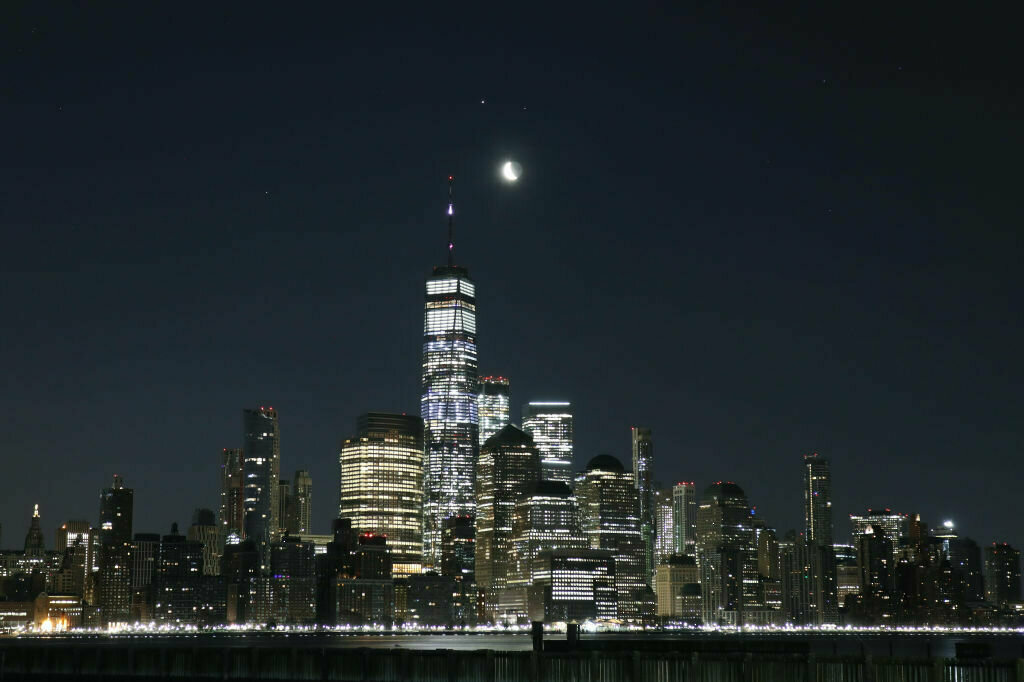
It seems like, across borders, the focus is on the novel coronavirus pandemic. I’m even on Day 5 of my self-quarantine after being jostled through Dulles International Airport following my return from an Indian Ocean cruise.
Chaos seems to be the order of each new day.
But buried under the relentless headlines was the fact that March 1 marked “meteorological spring,” though this D.C.-area winter seemed to add to the feeling that things are out of sync, even in Mother Nature.
“Astronomical spring,” known as the vernal equinox, happens Thursday at 11:49 p.m. EDT. On the equinox, the sun rises due east and sets due west, so night and day are just about equal in both hemispheres.
Amid all that is going on, this year’s spring will be the earliest in the contiguous U.S. in the past 124 years. Quite frankly, that seems apropos these days.
And, to best practice social distancing, you don’t even need to leave your home — just look out your window, or step out onto your balcony, or sit out in your yard and look at the night sky.
Right now, there’s a literal parade of the visible planets: Mercury, Saturn, Mars and Jupiter gracing the sky in the southeast before sunrise, and Venus dominating the sky after sunset.
If you have binoculars, look at Jupiter and you should notice up to four small “stars” next to it. These are the four main moons of Jupiter, discovered by Galileo in January 1610.
You can download a free program that tells you which moons you’re seeing. For binoculars, you would use “direct image” view.
March is named for Mars, which rises at about 4:30 a.m. with much brighter and close by Jupiter. Saturn rises an hour later in the southeast, with Mercury peeking above the southeast horizon at 6:30 a.m.
Mars is reddish-orange and will be getting much brighter as the months pass by, as it will be at its closest to the Earth this fall since 2018.
Take heart in the fact that the universe still works and that we will get through our present crisis.
Follow my daily blog to keep up with the latest news in astronomy and space exploration. You can email me at skyguyinva@gmail.com.






